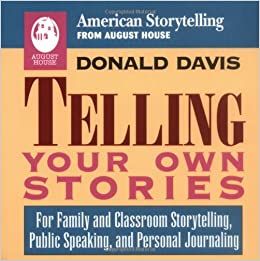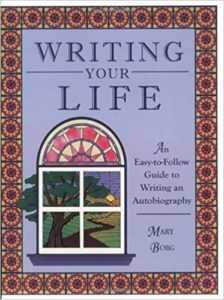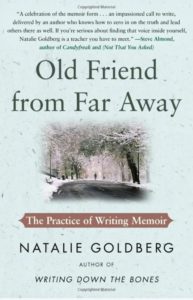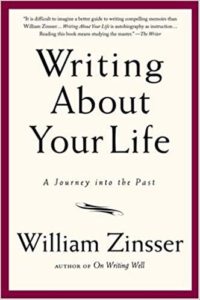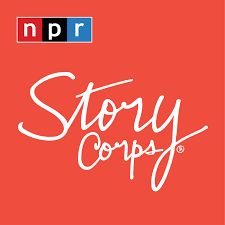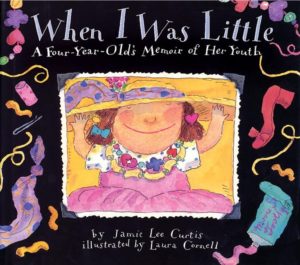
|
Jamie Lee Curtis’s When I Was Little (HarperCollins, 1995) is a four-year-old’s picture-book memoir of her youth. (“When I was little, I had two teeth. Now I have lots, and I know how to brush them.”) For ages 3-6. |
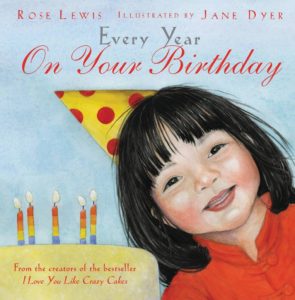
|
In Rose A. Lewis’s Every Year on Your Birthday (Little, Brown, 2007), a mother tells her adopted Chinese daughter the story of her life, year by year, beginning with her birth in China. (“I wasn’t there, but I was thinking about you as I waited at home to be your new mother.”) For ages 3-6. |
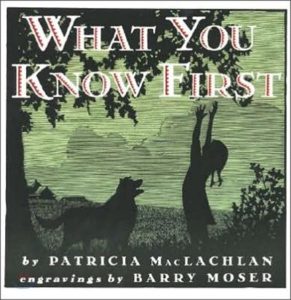
|
Patricia MacLachlan’s beautiful What You Know First (HarperCollins, 1998) is the poetic story of a little girl whose family has sold their farm on the prairie, a place the narrator loves and doesn’t want to leave. As she comes to terms with moving, she collects mementos – a bag of prairie earth, a piece of a cottonwood tree – so that she can tell her new brother or sister where they came from. “What you know first stays with you, my Papa says.” Illustrated with engravings. For ages 4 and up. |
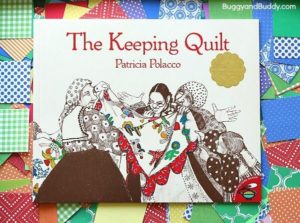 |
In Patricia Polacco’s The Keeping Quilt (Simon & Schuster, 2001), Anna’s mother makes a quilt to help the family remember their home in Russia. Passed down from mother to daughter through generations, the quilt serves as a wedding canopy, a Sabbath tablecloth, and a blanket for a new baby – but all the while tying the family together. For ages 4-8. |
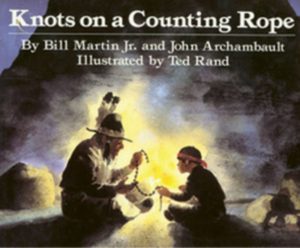
|
In Knots on a Counting Rope (Square Fish, 1997) by Bill Martin, Jr., and John Archambault, a Navajo boy listens as his grandfather tells him his life story: about the stormy night when he was born, how he got his name, and how he has bravely learned to live with his blindness. For ages 4-8. |
|
For more resources, see Native Americans. |
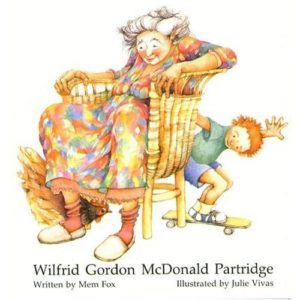
|
In Mem Fox’s Wilfrid Gordon McDonald Partridge (Kane Miller, 1969), young Wilfrid lives next door to a retirement home, where his best friend – 96-year-old Miss Nancy – is losing her memory. Wilfrid sets out to help her get it back – but first he has to find out what memories are. Everyone has a different definition. For ages 4-8. |
|
Listen to Wilfrid Gordon McDonald Partridge read aloud here (by Bradley Whitford). Included at the site is a downloadable activity guide. |
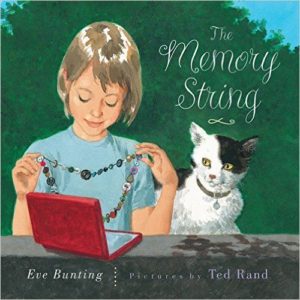
|
In Eve Bunting’s The Memory String (Clarion, 2000), Laura – who is having trouble adjusting to Jane, her new stepmother – comforts herself by telling the stories associated with each of the buttons on her “memory string:” there’s a button from her great-grandmother’s first grown-up dress, one from her mother’s wedding gown, another from her father’s army uniform. When the string breaks, Jane helps Laura put it together again and the two form a bond. For ages 4-8. |
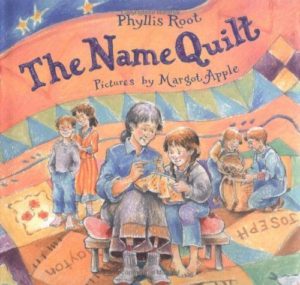
|
In Phyllis Root’s The Name Quilt (Farrar, Straus & Giroux, 2003), Sadie spends summers with her Grandma, who tucks her in every night with the name quilt. The quilt has the names of generations of ancestors embroidered on it, and there’s a story that goes with every one. For ages 4-8. |
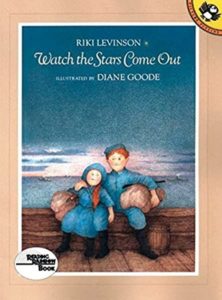
|
Riki Levinson’s Watch the Stars Come Out (Puffin, 1995) is the story of two children’s journey across the ocean to America, their landing at Ellis Island, and their reunion with their parents – all told as a family tale, the story a grandmother tells her little granddaughter about her own mother’s experiences. Illustrated with lovely paintings. For ages 4-8. |
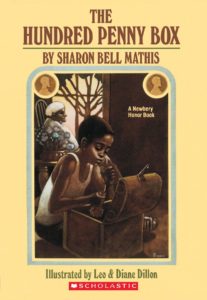 |
In Sharon Bell Mathis’s The Hundred Penny Box (Puffin, 2006), Michael’s great-great-aunt Dew cherishes a box of pennies, one for each of her one hundred years, each with a story of its own. For ages 6-10. |
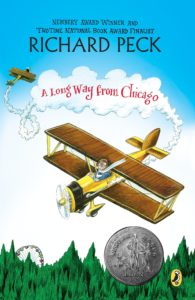
|
In Richard Peck’s A Long Way From Chicago (Puffin, 2004), Joey and his sister Mary Alice have been sent from Chicago to stay with their intimidating Grandma Dowdel, a larger-than-life woman with a heart of pure gold. The episodes in the book begin in 1929, the first year of the Great Depression, and end in 1942, when Joey heads off to war. A wonderful family story. Sequels are A Year Down Yonder, featuring Mary Alice, and A Season of Gifts. For ages 9 and up. |











